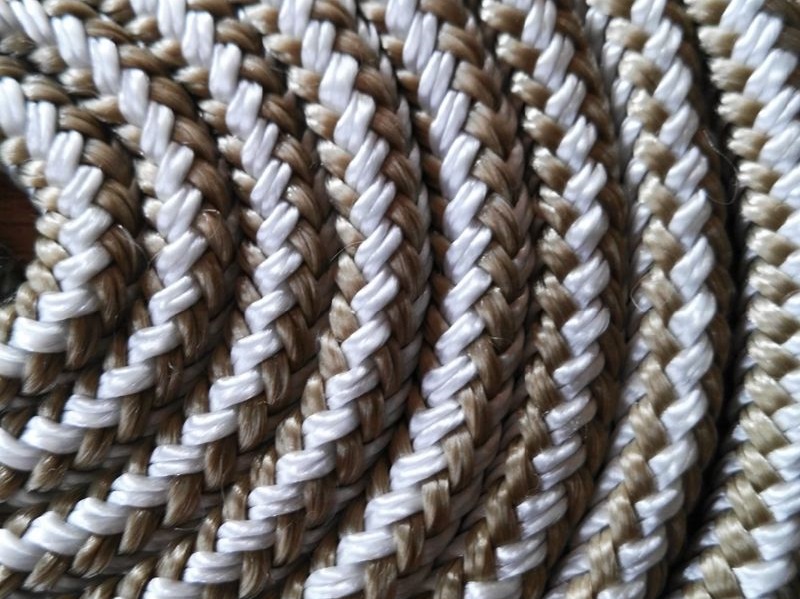Ropes are fibres, yarns, plies or strands which are combined and twisted or braided to become stronger and larger. Rope has many uses, but because it is thicker than rope, thread or twine, it is usually used for towing or lifting.
The two most common forms of rope are braided and twisted. Although they can sometimes be used for similar purposes, they have distinct advantages and disadvantages and have different strength capabilities. BAILONG will introduce them to you.
Braided rope is made by weaving 8-10 fibres into a tubular braid. Polypropylene and nylon are the two most common forms of material used. There are three types of braided rope. There are 3 main types of braided rope.
Single strand braided ropes: these types of ropes are made by braiding strands (usually 8 or 10 strands) together to form a tube. The rope is hollow in the middle.
Double braided ropes: this type of rope is actually made from two single braided ropes. One of the braided ropes goes inside and the other is braided around the first one. The inner and outer ropes can be made from different materials.
Solid braided ropes: these are made with special lockstitching and can form very dense ropes that are not hollow in the middle. Solid braided ropes are usually very strong and have good abrasion resistance.

Polypropylene multifilament Double Braided Rope
They have similar advantages and disadvantages. Please see the list below.
More flexible
Stronger than twisted
Smoother to the touch
Difficult to put together
Less stretchy than twisted
This is historically the most common type of rope. It is usually made by twisting 3 strands together. They are made by first spinning the fibres into a yarn. The yarn is then spun into strands. Finally the strands are spun into a rope. If your rope has a noticeable twist and tends to twist in one direction when you put it down, then this is a twisted rope.
Three strand twisted rope is the most common form of construction and it can be made from nylon, polyester, polyethylene terephthalate and polypropylene.
Polyethylene twisted rope
Please see below for the advantages and disadvantages of twisted rope.
Lower price
More flexible than braided rope
More suitable for outdoor use Pros
More suitable for outdoor use
Tends to knot easily
Less elastic
Strands of rope can separate if not sealed
If you would like to learn more about the applications of these ropes, please check out one of our previous blog posts. Braided and twisted ropes also have different strength capacities. You can choose according to your actual application. Please contact BAILONG to get a quote and shipping details and find more interesting facts!